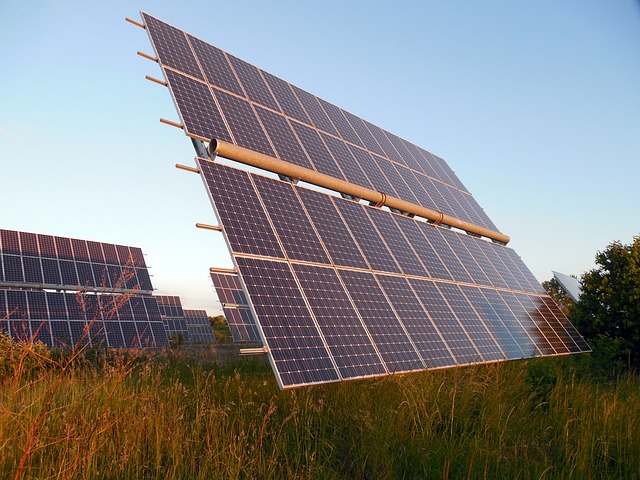In a world grappling with climate change and environmental degradation, the significance of transitioning to green energy sources cannot be overstated. Green energy not only holds the promise of mitigating the effects of climate change but also offers a sustainable pathway towards a cleaner, healthier planet. This article delves into the multifaceted realm of green energy, exploring its various forms, advantages, challenges, and the pivotal role it plays in shaping our future.
The Green Energy Revolution
Green energy, often referred to as renewable energy, is derived from natural processes that are continuously replenished, making them an inexhaustible source of power. This form of energy is in stark contrast to fossil fuels, which are finite and contribute significantly to greenhouse gas emissions.
Types of Green Energy
1. Solar Power
Solar energy harnesses the power of the sun to generate electricity. Solar panels, comprised of photovoltaic cells, capture sunlight and convert it into clean energy. This technology has seen rapid advancements, making solar power more affordable and efficient than ever before.
2. Wind Power
Wind turbines convert the kinetic energy from the wind into electricity. Wind farms, both onshore and offshore, are becoming increasingly common sights across the globe. The capacity for wind energy generation is substantial and continues to grow.
3. Hydropower
Hydropower, or hydroelectric power, taps into the energy of flowing water. Dams and turbines convert the kinetic energy of water into electrical power. It’s a mature technology and a significant source of renewable energy.
4. Biomass Energy
Biomass energy is generated from organic materials such as wood, agricultural residues, and even algae. Through combustion or other processes, biomass is converted into heat or electricity. This form of green energy can help reduce waste and dependence on fossil fuels.
5. Geothermal Energy
Geothermal energy taps into the Earth’s internal heat. It involves harnessing steam or hot water from underground reservoirs to generate electricity or provide direct heating. Geothermal power plants are low-emission and highly reliable.

Advantages of Green Energy
The adoption of green energy brings forth a plethora of advantages, driving the global shift towards sustainability.
1. Reduced Carbon Emissions
Green energy sources produce little to no greenhouse gas emissions during power generation. This is a crucial step in combatting climate change and reducing air pollution.
2. Energy Independence
By diversifying energy sources, countries can reduce their reliance on fossil fuels, thus enhancing energy security and reducing geopolitical tensions.
3. Job Creation
The renewable energy sector offers employment opportunities across various fields, from research and development to manufacturing, installation, and maintenance.
4. Sustainable Development
Investing in green energy promotes sustainable development by conserving natural resources and protecting ecosystems.
5. Economic Growth
The renewable energy industry contributes significantly to economic growth, fostering innovation and attracting investments.
Challenges and Solutions
While green energy holds immense promise, it also faces several challenges.
1. Intermittency
Some forms of renewable energy, such as solar and wind, are intermittent and weather-dependent. Energy storage solutions, like advanced batteries, are crucial to address this challenge.
2. High Initial Costs
The installation of renewable energy infrastructure can be costly. However, falling prices and government incentives are making it more accessible.
3. Grid Integration
Integrating green energy into existing power grids can be complex. Grid upgrades and smart technologies are needed for seamless integration.
4. Resource Availability
The availability of renewable resources varies by location. Some regions may need to rely on a mix of green energy sources to ensure a stable supply.
The Future of Green Energy
As the world recognizes the urgent need to combat climate change, green energy will play an increasingly pivotal role. Governments, businesses, and individuals must collaborate to accelerate the transition to renewable sources. It is not merely an environmental imperative but a path toward a sustainable and prosperous future for all. If you are seeking a source and more information about green energy, you may check out their page to learn more.
In conclusion, green energy represents our best hope for a sustainable future. Its numerous advantages, coupled with ongoing technological advancements, make it an increasingly viable choice. By embracing green energy, we can reduce our carbon footprint, foster economic growth, and pave the way for a cleaner, healthier planet.

